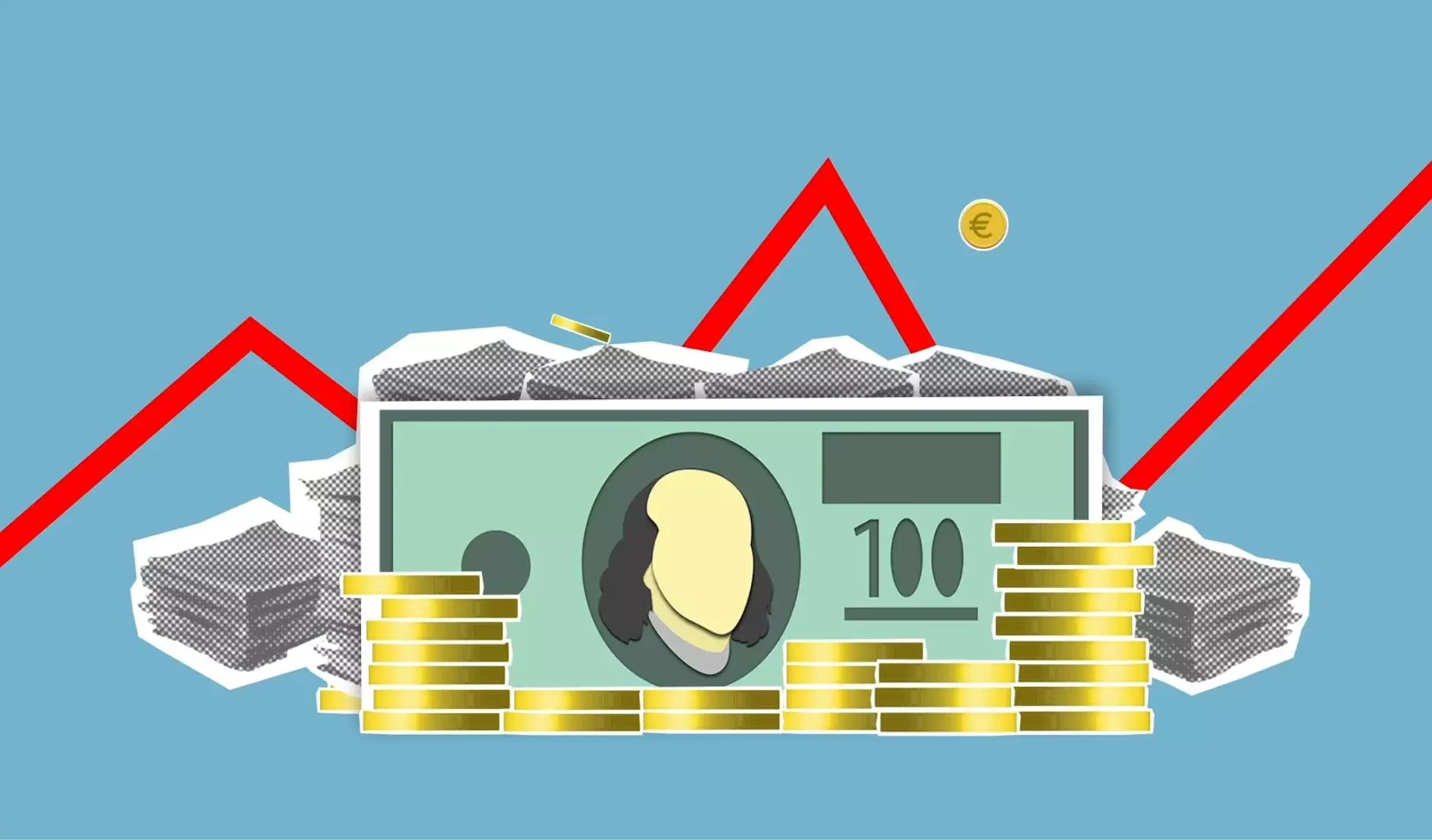Rebuilding Credit after Bankruptcy
Financials & Reports
Introduction
Thank you for visiting Social Service of America. We understand the challenges individuals face when dealing with bankruptcy and its impact on credit. In this guide, we will provide you with comprehensive strategies and tips for rebuilding your credit after bankruptcy.
Understanding Bankruptcy and Credit
Before we dive into the process of rebuilding credit, let's first understand the relationship between bankruptcy and credit. Bankruptcy is a legal process that allows individuals or businesses to eliminate or repay their debts under the protection of the court. However, it has a significant impact on credit scores and can make it challenging to access credit in the future.
The Importance of Rebuilding Credit
Rebuilding your credit after bankruptcy is crucial to regain financial stability and access to future credit opportunities. By demonstrating responsible financial behavior, you can gradually improve your credit score and restore your creditworthiness.
Step-by-Step Guide to Rebuilding Credit
1. Review Your Credit Report
Start by obtaining a copy of your credit report from one of the major credit reporting agencies. Review it carefully to ensure all information is accurate and up-to-date. If you notice any errors or discrepancies, make sure to dispute them immediately.
2. Develop a Budget
Creating a realistic budget is essential for managing your finances effectively. Determine your monthly income and expenses, including debt repayment, and stick to the budget to avoid further financial strain.
3. Establish an Emergency Fund
Building an emergency fund helps protect you from unexpected expenses and provides a safety net during challenging times. Start by setting aside a small amount each month and gradually increase your savings over time.
4. Open a Secured Credit Card
A secured credit card is a valuable tool for rebuilding credit. Unlike traditional credit cards, secured cards require a security deposit, which serves as collateral. Make small purchases and pay them off in full each month to show responsible credit behavior.
5. Make Timely Payments
Consistently making timely payments on all your debts is crucial for rebuilding your credit. Set up automatic payments or reminders to ensure you never miss a due date. Late payments can have a significant negative impact on your credit score.
6. Apply for a Credit Builder Loan
Credit builder loans are designed specifically for individuals looking to rebuild their credit. These loans often have lower borrowing limits but can help demonstrate your ability to handle credit responsibly.
7. Become an Authorized User
If you have a trusted friend or family member with good credit, ask them to add you as an authorized user on one of their credit cards. Positive payment history on that account can potentially boost your credit score.
8. Keep Credit Utilization Low
Credit utilization refers to the percentage of your available credit that you are currently using. Keeping your credit utilization low, ideally below 30%, can positively impact your credit score.
9. Monitor Your Credit Regularly
Regularly monitoring your credit is essential to track your progress and address any issues promptly. Utilize reputable credit monitoring services to stay updated on changes to your credit report.
Conclusion
Rebuilding credit after bankruptcy is a challenging journey, but with dedication and responsible financial behavior, it is possible to regain your financial footing. By following the steps outlined in this guide and leveraging the expertise of Social Service of America, you can rebuild your credit and pave the way towards a brighter financial future.










